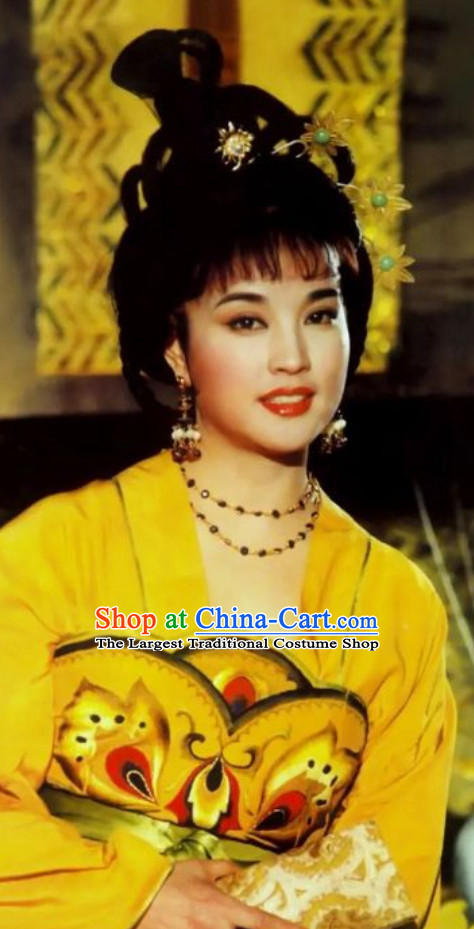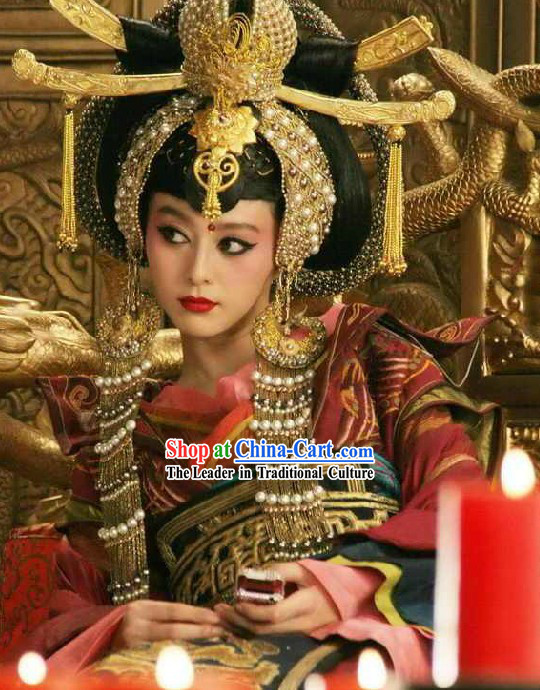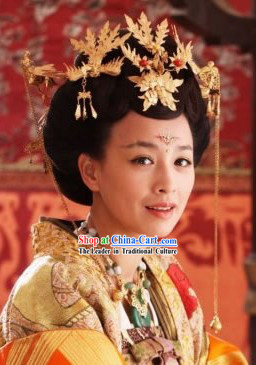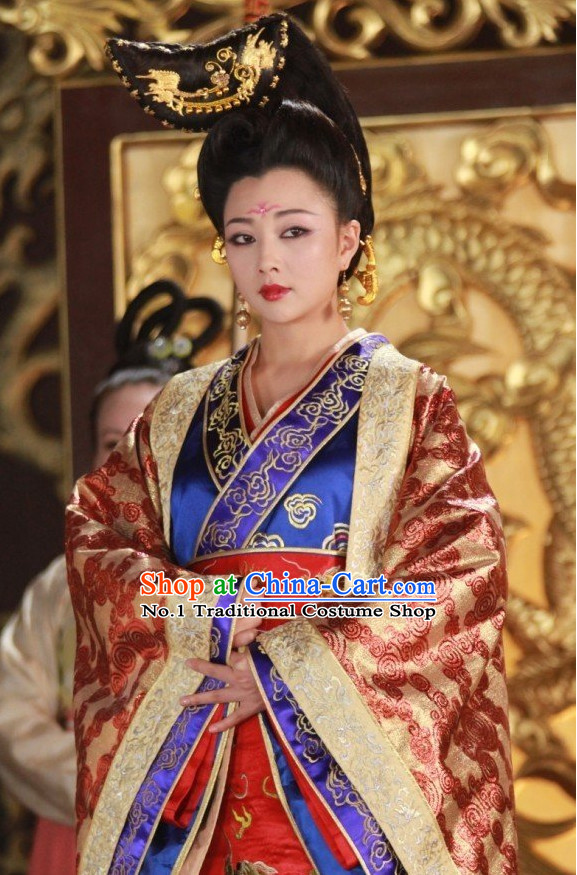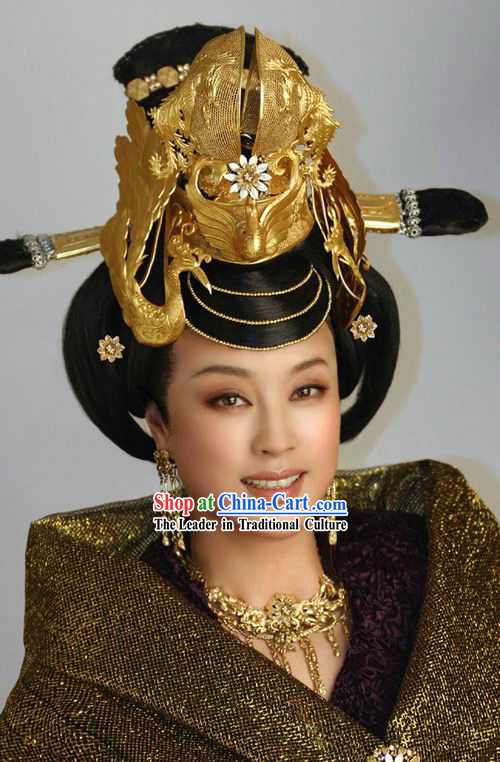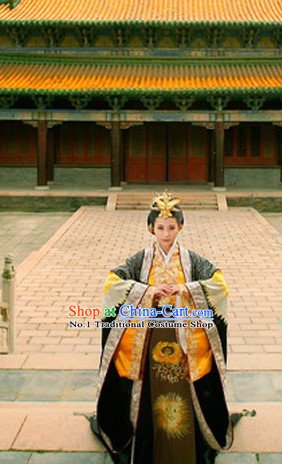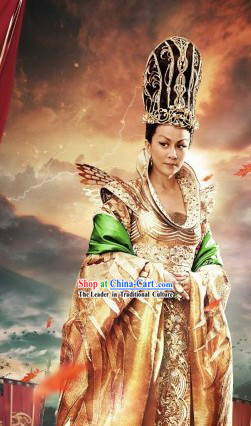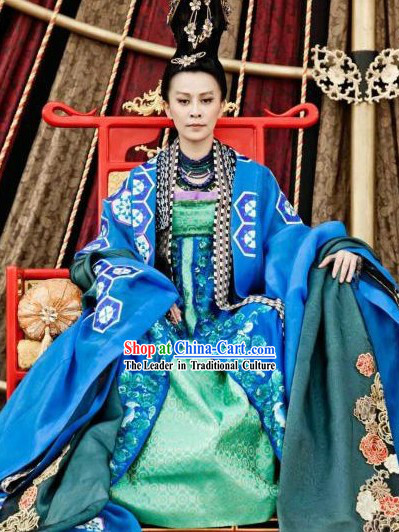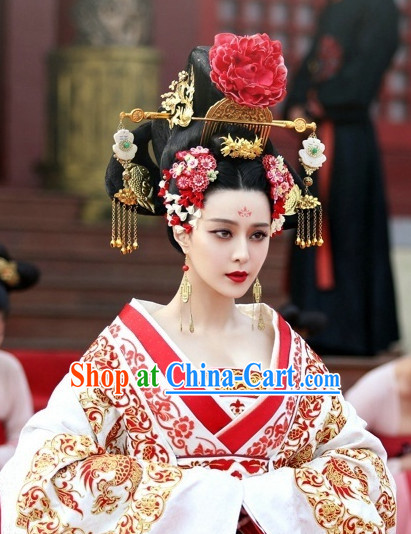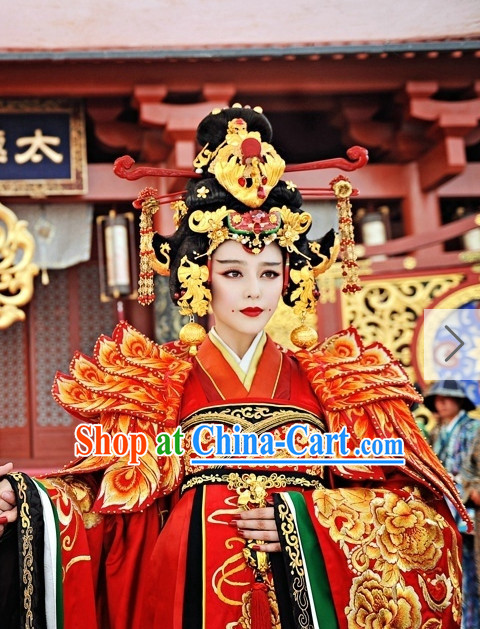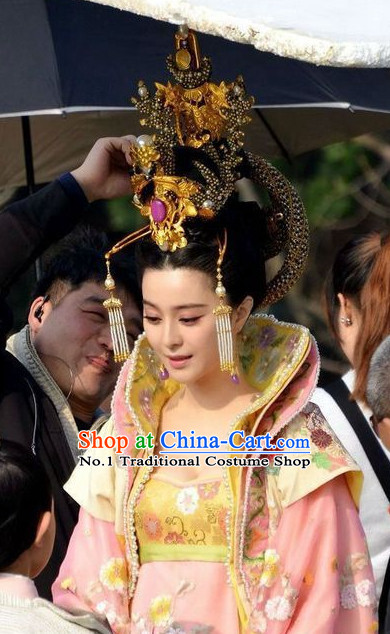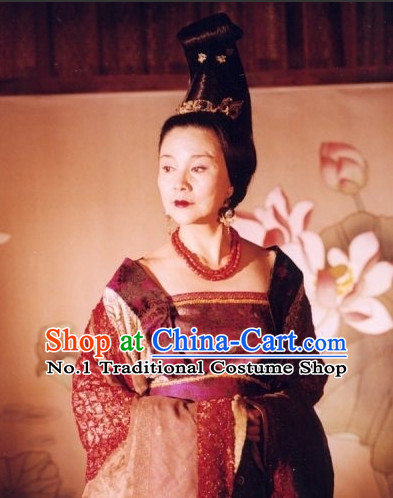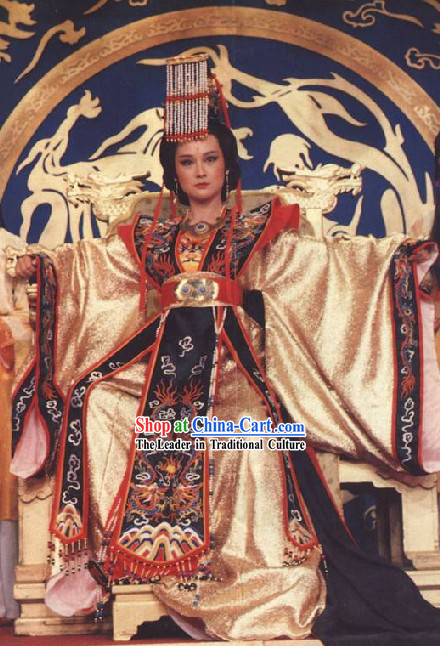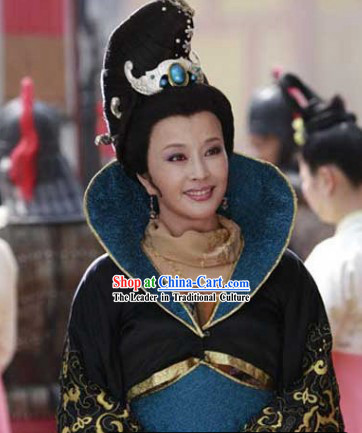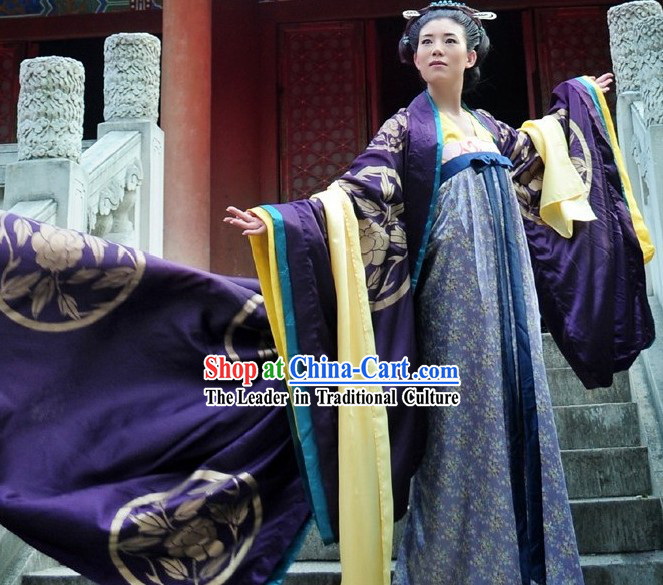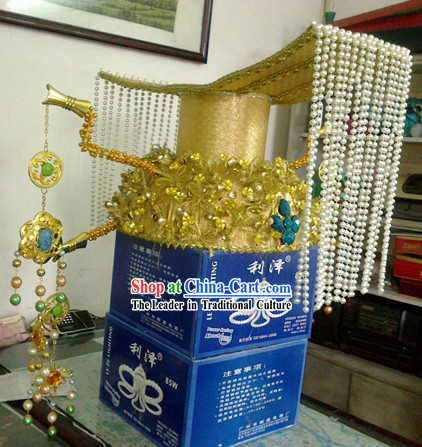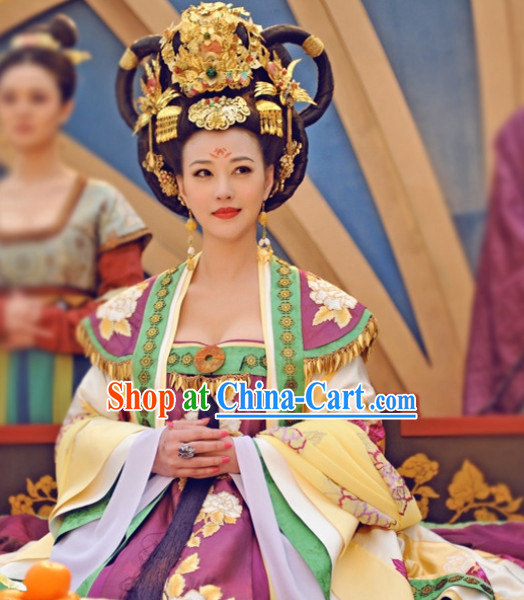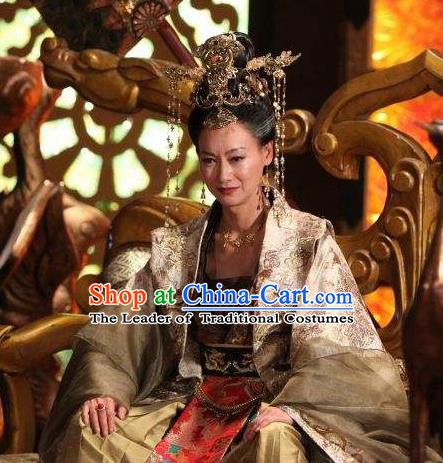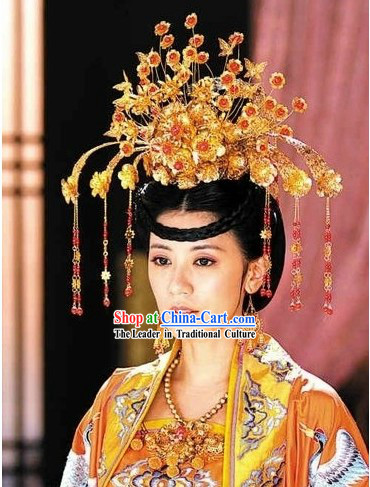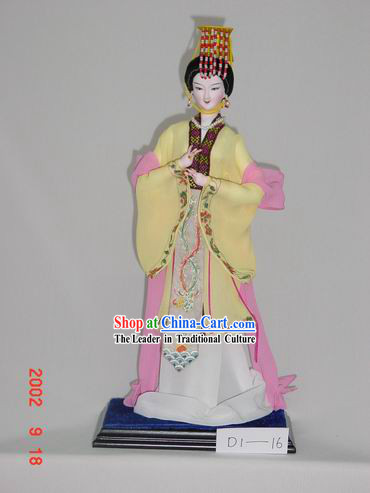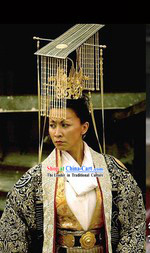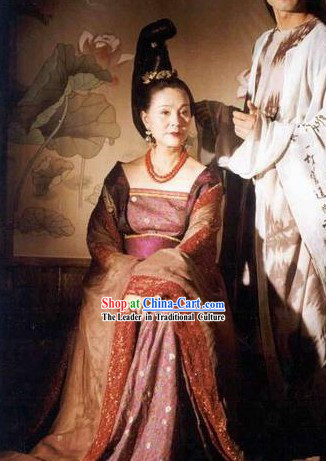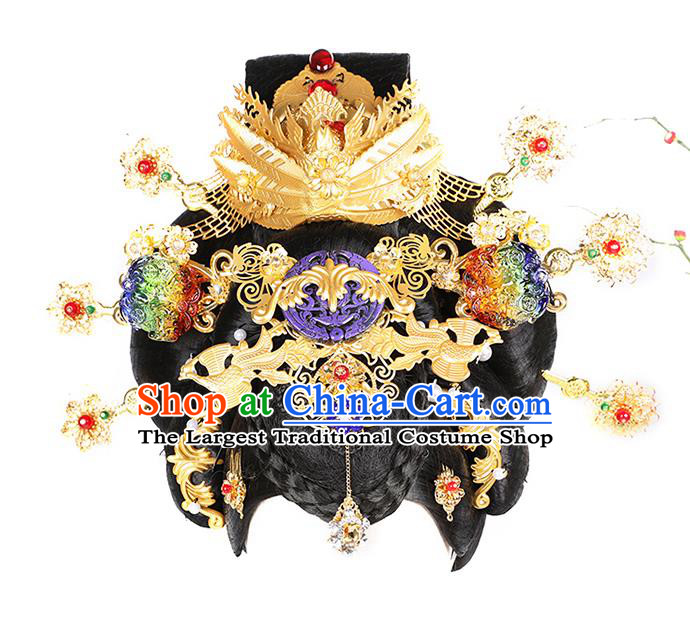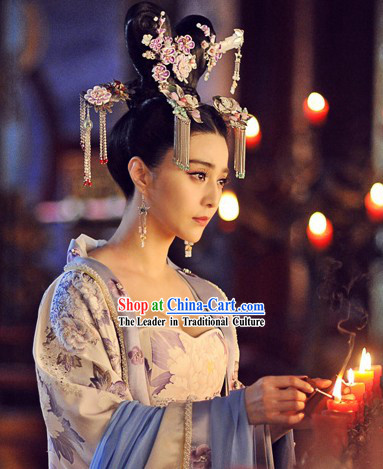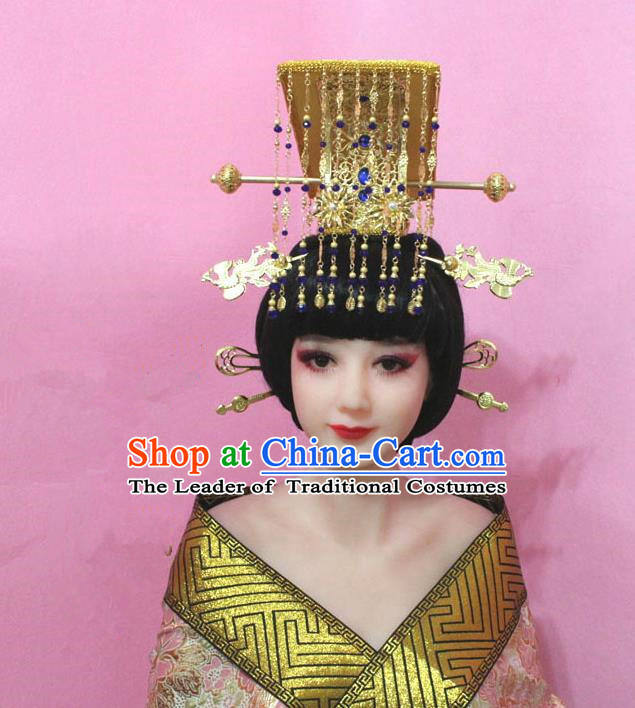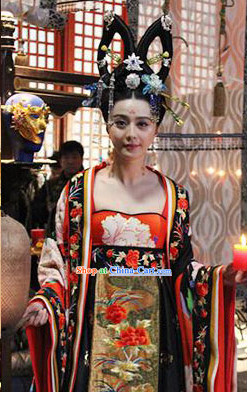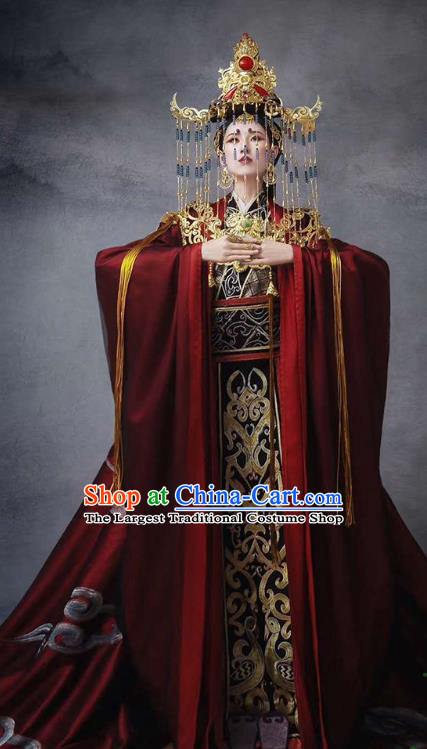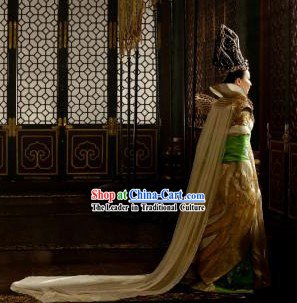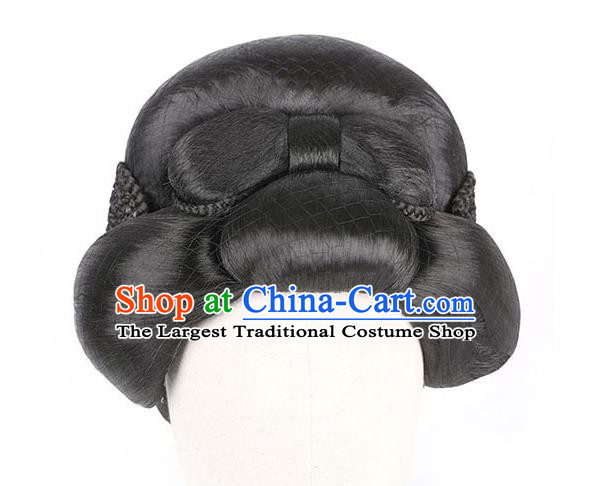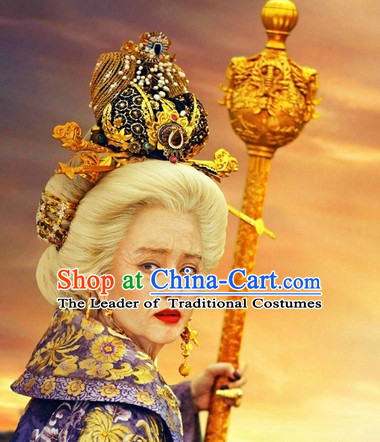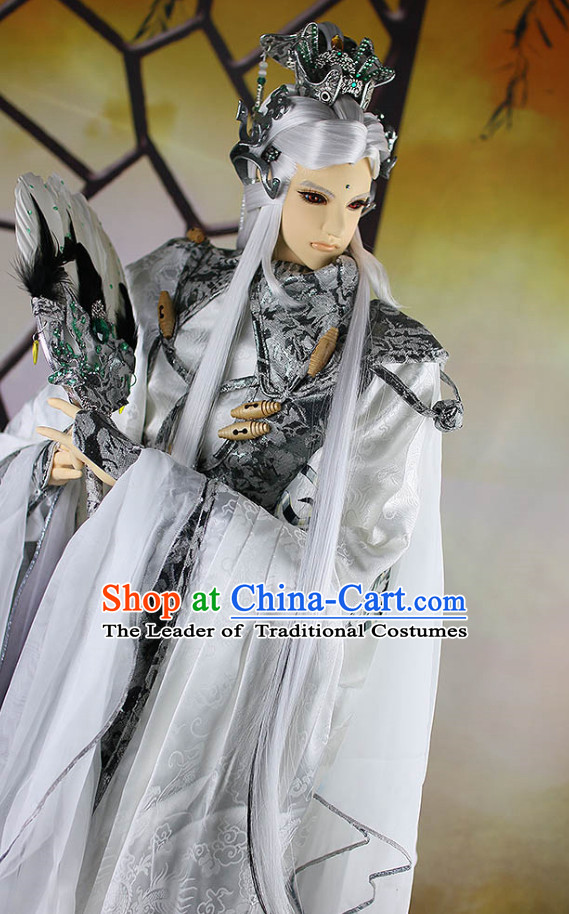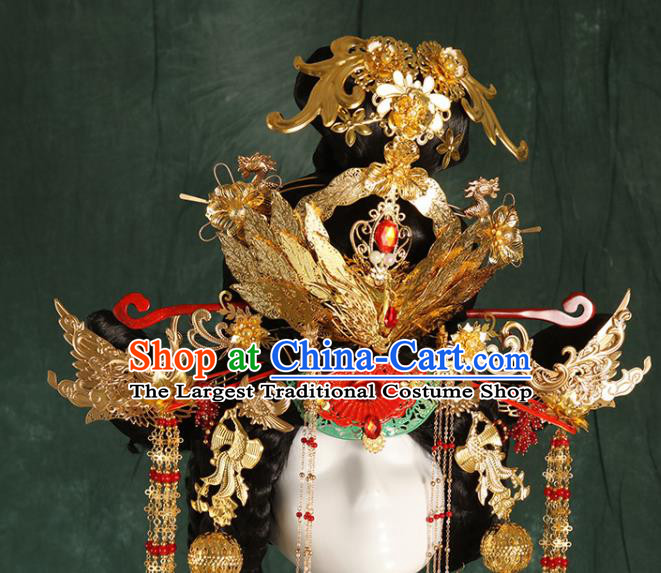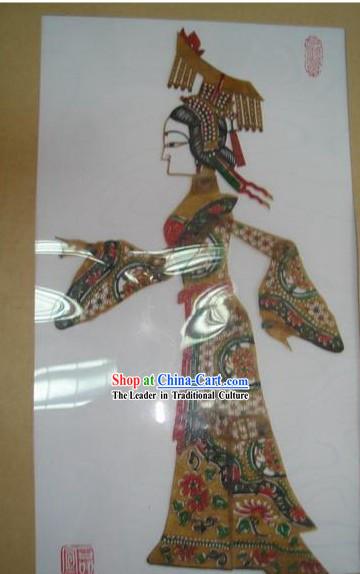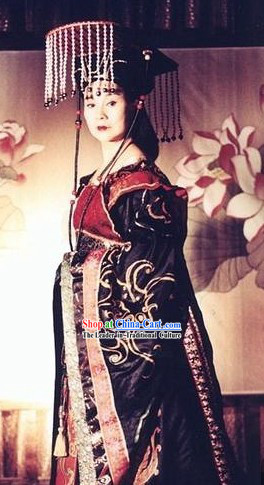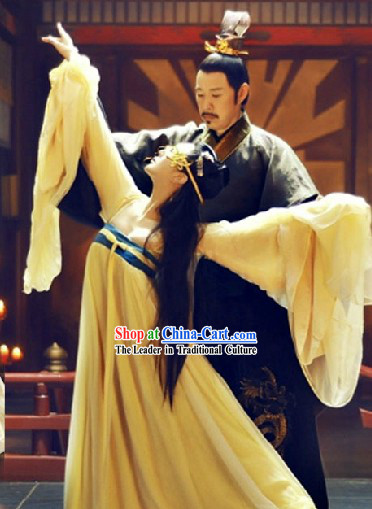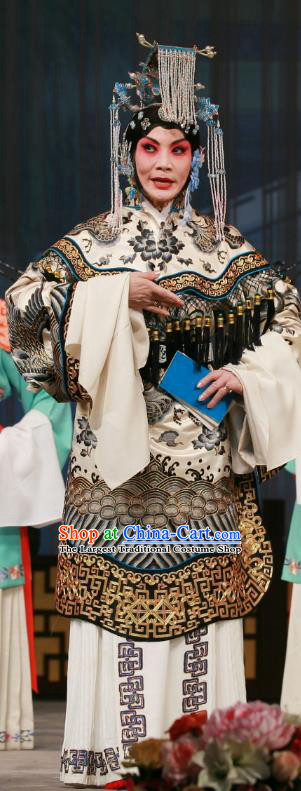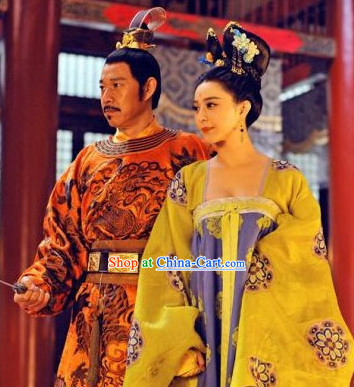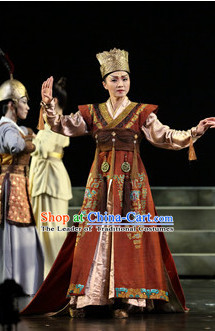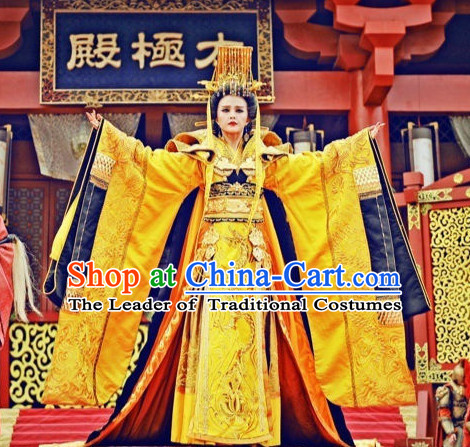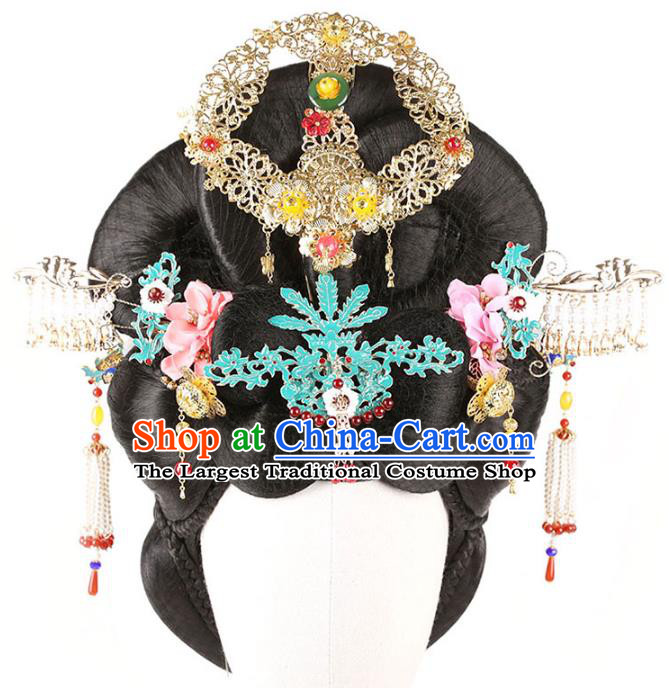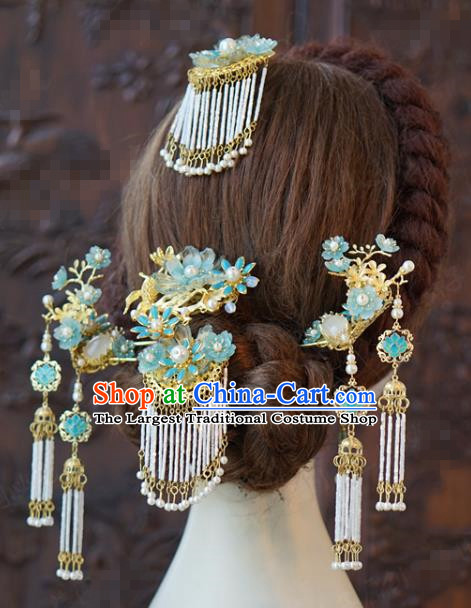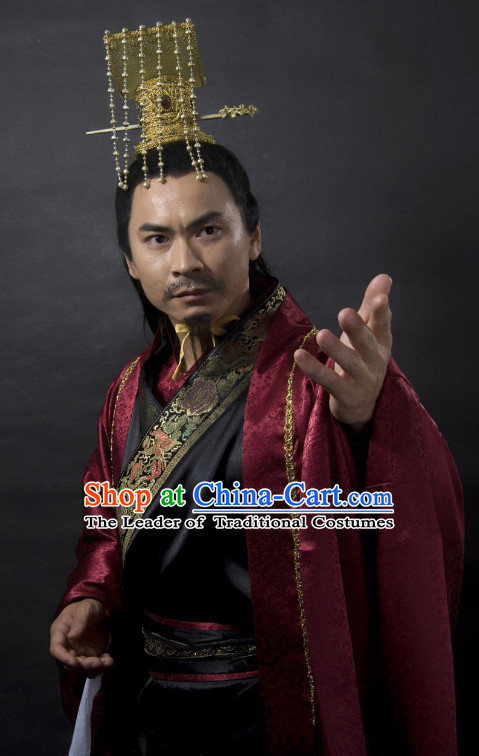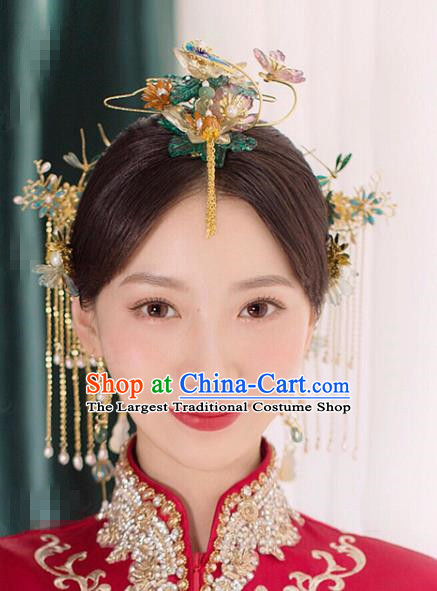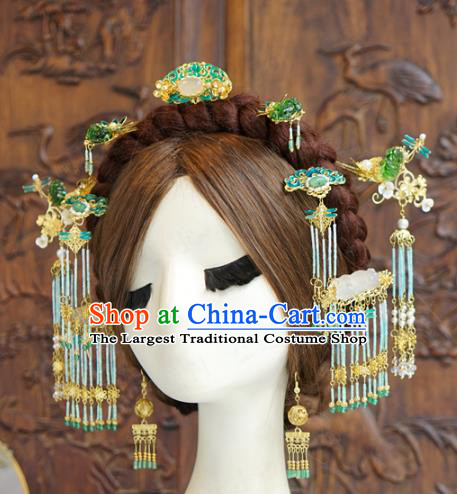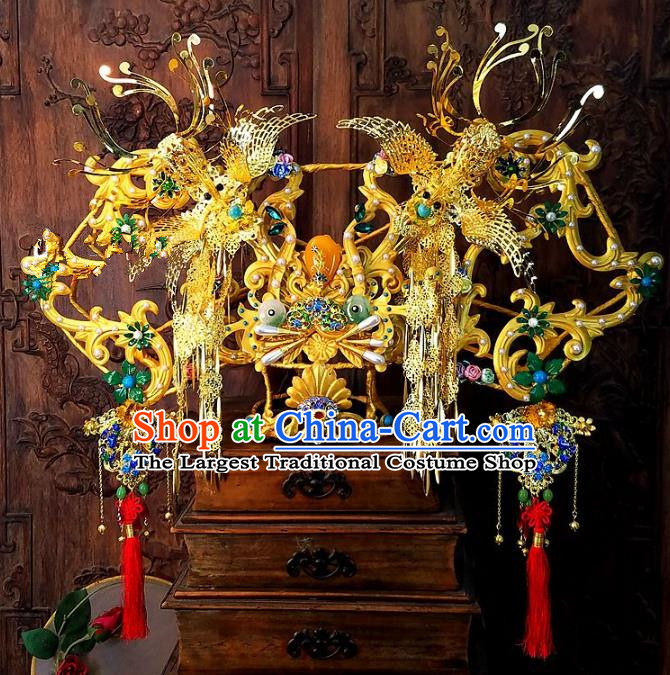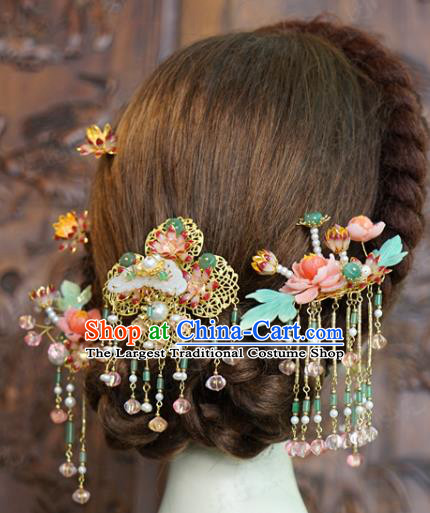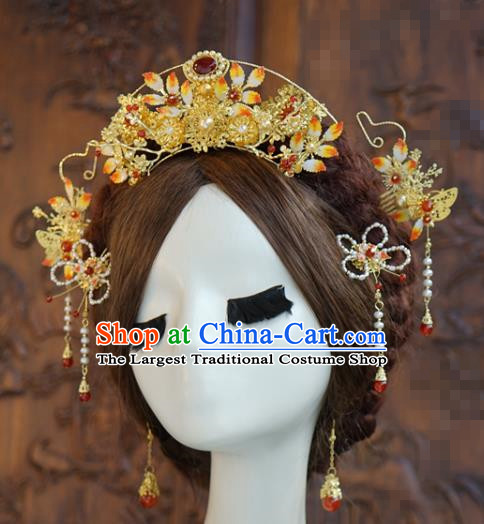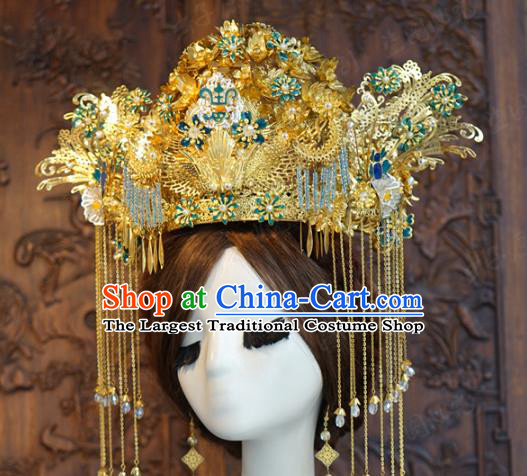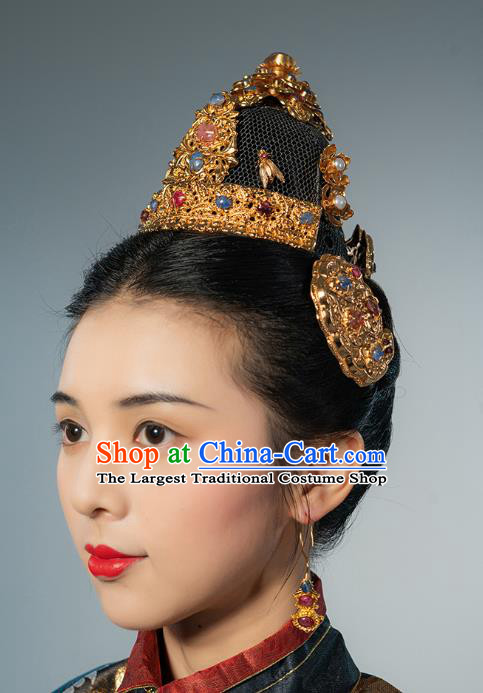
Click Related Pictures for More Audios:
The artwork is a set of ancient Chinese imperial headwear worn by the Empress Wu Zetian, including hairpins, crowns, and hair ornaments.
These headwear items hold rich historical significance and cultural connotations, showcasing the grandeur and nobility of ancient Chinese royalty.
Firstly, let's examine the design of this set of headwear.
They are crafted with exquisite techniques and materials such as gold threads, pearls, and gemstones, exuding an air of royal luxury.
The dragon patterns on the crown symbolize imperial power and authority, while the pearls on the hairpin represent wealth and status.
Additionally, these headwear items serve a practical purpose in protecting the wearer's head from injury.
Secondly, these headwear items played significant roles in history.
Wu Zetian was the only female emperor in Chinese history, during her reign she implemented a series of political reforms and social changes.
Her headwear, as a symbol of her identity as a member of the royal family, reflected the societal understanding and respect for women's status and power at that time.
Lastly, these headwear items also possess artistic value.
They are not only practical decorations but also works of art.
By observing and studying the design, craftsmanship, and materials of these headwear items, we can gain insight into the richness and diversity of ancient Chinese culture.
In conclusion, this set of ancient Chinese imperial headwear worn by Empress Wu Zetian is a piece of artwork with important historical significance and cultural connotations.
It showcases the grandeur and nobility of ancient Chinese royalty while reflecting societal understanding and respect for women's status and power at that time.
